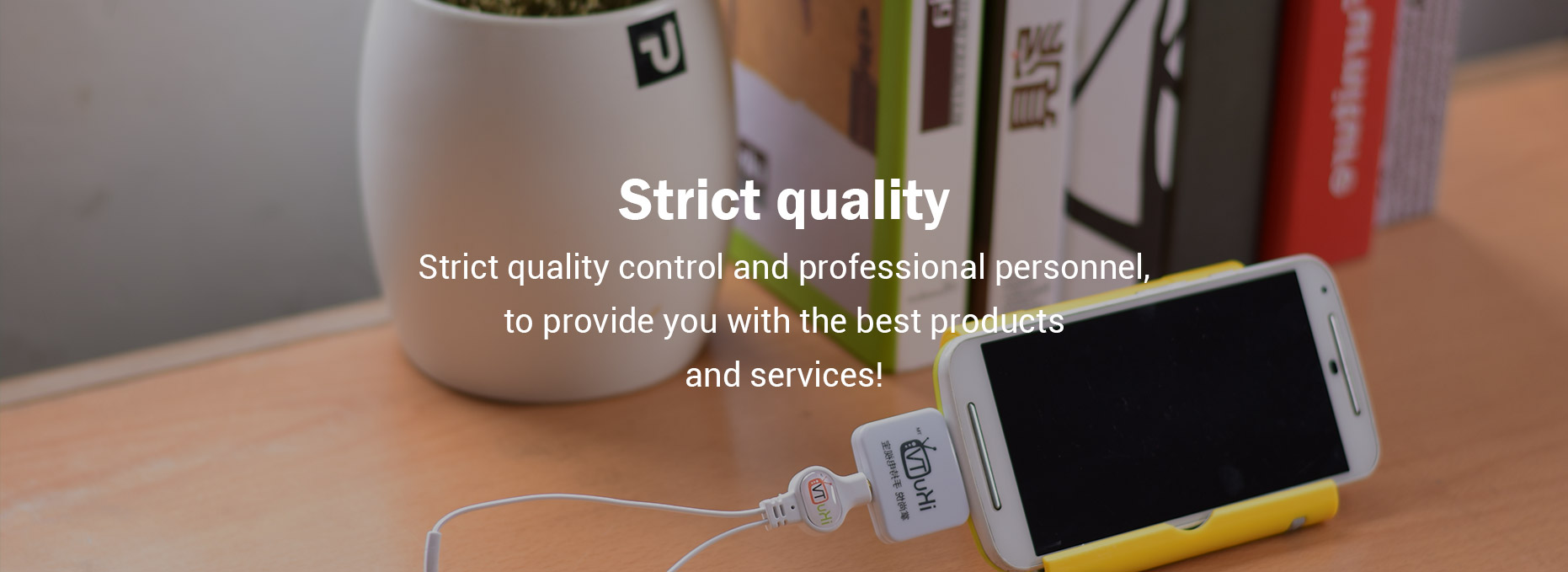Top PVC Sole Benefits: Durability, Comfort, and Style Guide
If you're on the lookout for the perfect footwear that offers a balance of style, comfort, and durability, you may have stumbled upon the remarkable benefits of PVC soles. With years of experience in the footwear industry, I've seen how materials can make or break a shoe, and PVC soles stand out for their versatility and performance. In this article, we'll explore the impressive attributes of PVC soles, identify some pros and cons, compare them with other materials, and offer practical tips for maintenance to help you make the best choice for your footwear needs.
For more information, please visit pvc soles.
When we talk about PVC soles, we refer to soles made from polyvinyl chloride, a synthetic plastic polymer known for its resilience and adaptability. This material has gained popularity in various types of footwear, from casual sneakers to formal shoes, because of its unique properties.
Advantages of PVC Soles
Durability: One of the standout features of PVC soles is their ability to withstand wear and tear. They are resistant to abrasion and can endure various environmental conditions, making them a long-lasting choice for your shoes.
Comfort: Contrary to what some might assume about plastic materials, PVC soles can provide excellent cushioning. They can be engineered to absorb shock, ensuring your feet remain comfortable throughout the day.
Variety of Styles: PVC can be molded into various shapes and designs, allowing for an infinite range of styles. Whether you're looking for something sporty or elegant, you can find shoes with PVC soles that suit your taste.
Water Resistance: PVC is inherently water-resistant, making it suitable for various weather conditions. This feature is a significant advantage for those who frequently face rain or puddles.
Disadvantages of PVC Soles
Breathability: One downside to PVC soles is that they may not offer the same level of breathability as other materials, such as leather or canvas. This can result in sweaty feet if worn for extended periods in hot weather.
Additional reading:
Mastering Speed: The Ultimate Guide to Custom Fast Lacing Systems
How Does the BOA Closure System Work?Environmental Impact: While PVC is durable, it is also a plastic that can have negative environmental impacts in its production and disposal. It’s essential to consider eco-friendly alternatives if sustainability is a priority for you.
Comparison with Other Materials
When examining the differences between PVC soles and rubber or leather soles, it's clear that each comes with its own strengths and weaknesses. For example, while rubber soles provide superior traction and cushioning, they may not have the same longevity as PVC. Leather soles offer breathability and a classic look but require more maintenance and often come with a higher price tag. Thus, choosing PVC soles can be an excellent compromise between style, comfort, and cost-effectiveness.
Maintenance Tips for PVC Soles
To get the most out of your PVC-soled footwear, follow these maintenance tips:
Regular Cleaning: Wipe down your shoes with a damp cloth to remove dirt and debris, which can accumulate and degrade the material over time.
Avoid Extreme Heat: Keep your shoes away from direct sunlight and extreme heat sources, as these can warp or damage PVC.
Store Properly: Store your footwear in a cool, dry place to maintain their shape and quality.
Final Thoughts
In summary, PVC soles offer a blend of durability, comfort, and style that caters to a wide array of footwear preferences. While they may have some limitations, the benefits often outweigh the disadvantages, making them a great choice for everyday wear. Investing in shoes with PVC soles could be an excellent decision if you're looking for functionality and flair. For your next pair of shoes, consider PVC soles for their impressive attributes and step confidently into stylish comfort.
Are you interested in learning more about PVC Safety Boots for Heat-Resistant? Contact us today to secure an expert consultation!



Comments